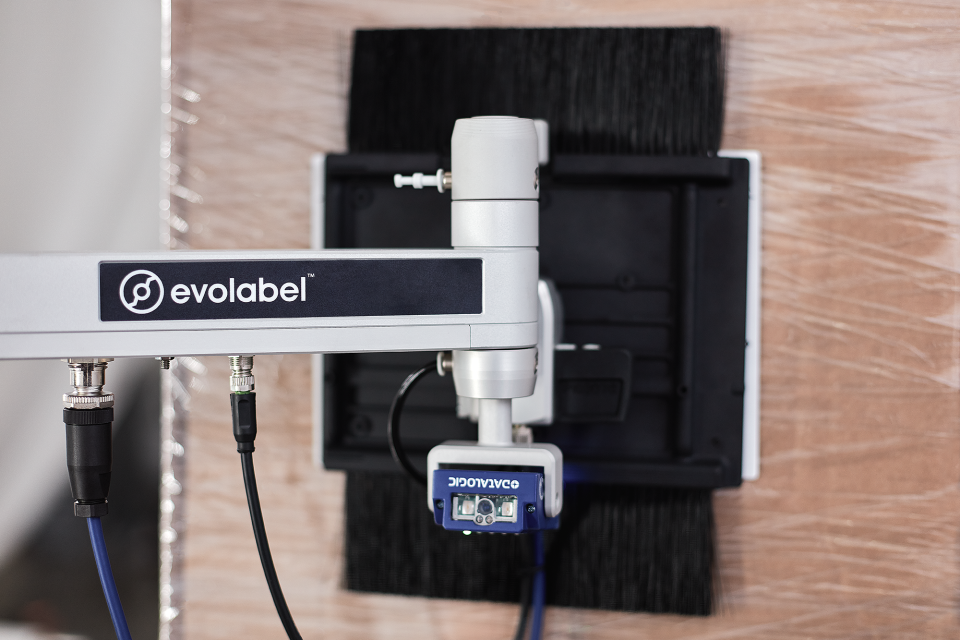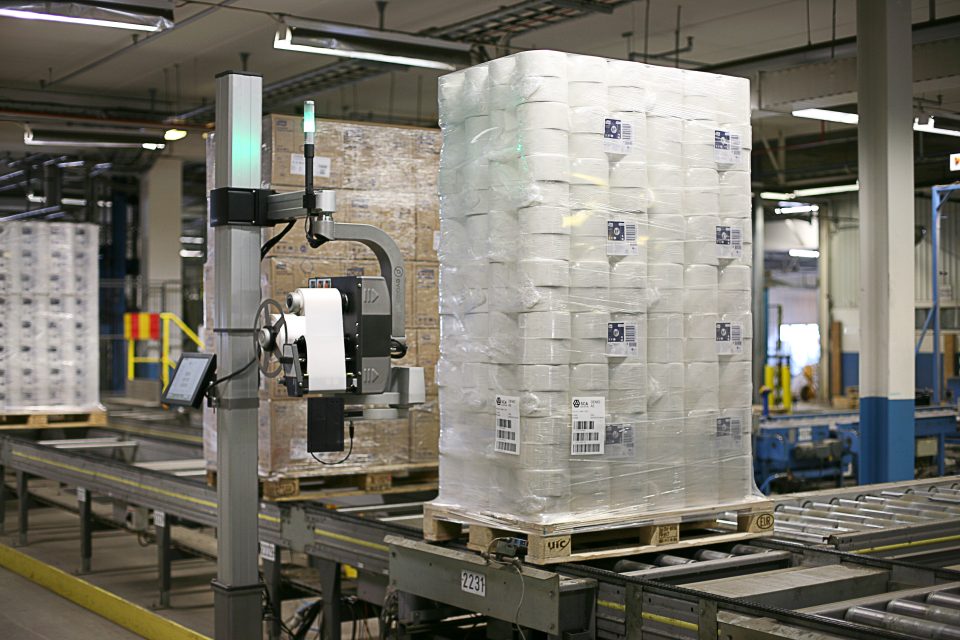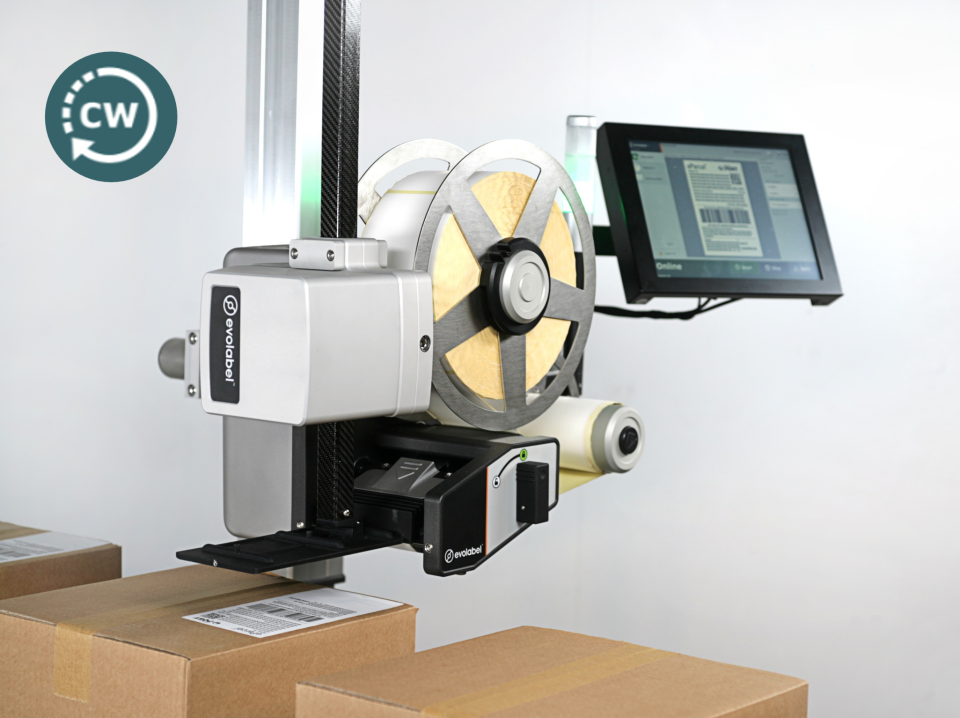
While manual labelling might seem a cost-effective process, the low price of consumables can be misleading. A 2023 report found 95% of businesses had incurred additional costs due to poor-quality label printing, with issues ranging from downtime on production lines to delayed deliveries.
As a result, businesses are increasingly looking for greater efficiency and accuracy in their labelling processes – and automation has become a popular solution. In this blog, we’ll look at how it helps.
The manual labelling bottleneck
In many operations, manual labelling remains the standard. Labels are printed or handwritten from lists of data and manually placed onto products and packaging. This process is repeated hundreds or even thousands of times a day and as well as being tedious and time consuming, presents a number of other challenges:
- Labour-intensive: Manual labelling requires constant attention, taking employees’ time away from more strategic or value-added tasks. This reduces productivity and overall growth, as teams spend much of their time focused on manual work.
- Poor accuracy: Mistakes with data entry and misplaced or poorly printed labels can lead to wasted resources, tracking problems and even compliance issues. In the same 2023 survey, three-quarters of respondents said they experienced rejected deliveries due to unreadable barcodes, while in the food industry, manufacturers face hefty fines and even imprisonment if they don’t adhere to food labelling requirements.
- Inconsistent quality: Labels and packaging are an extension of your brand and incorrect placement or poor printing can reflect badly on your reputation. Faded or damaged labels can detract from the quality of your product or service and if they’re hard to read, cause confusion and delays too.
The alternative: print & apply automation
Automating the process means labels are printed on demand and applied automatically.
The systems integrate with existing workflows, connecting with inventory management software, databases and ERP systems to receive relevant information such as batch numbers, expiry dates and barcodes in real time.
Once printed, the labels are automatically applied to products or packaging in the correct place and with just the right amount of adhesive, ensuring professional and accurate presentation every time.
Unleashing the benefits
This automation eliminates many of the inefficiencies and errors that can affect manual labelling processes, transforming production lines and warehouse operations from laborious processes into streamlined workflows. Advantages include:
- Improved efficiency: Automating labelling removes many of the bottlenecks that are a leading cause of delays and downtime. This boosts efficiency and productivity, allowing for greater throughput and potential growth.
- Fewer errors: When data is entered automatically, there are fewer opportunities for mistakes. On-demand printing and automatic application also mean less wastage.
- Better brand image: Professional-looking labels contribute to a polished, high-quality presentation, which enhances your brand reputation and overall customer perception.
- Reduced costs: Automation reduces the need for manual labour, cutting down labour costs, but also reduces many of the hidden costs that are incurred due to unexpected downtime, wastage, delayed deliveries and product recalls.
- Enhanced data tracking: Using real-time data allows for better inventory management and traceability, making it easier to track products throughout the supply chain.
Automation awaits
Our print & apply labelling systems are tailored to your specific needs, integrating seamlessly into your existing operations to deliver enhanced speed, accuracy and cost savings.
To find out more about how a print and labelling system can drive the success and growth of your business, contact us for a free consultation.
Email Our Team
* Please complete all fields



